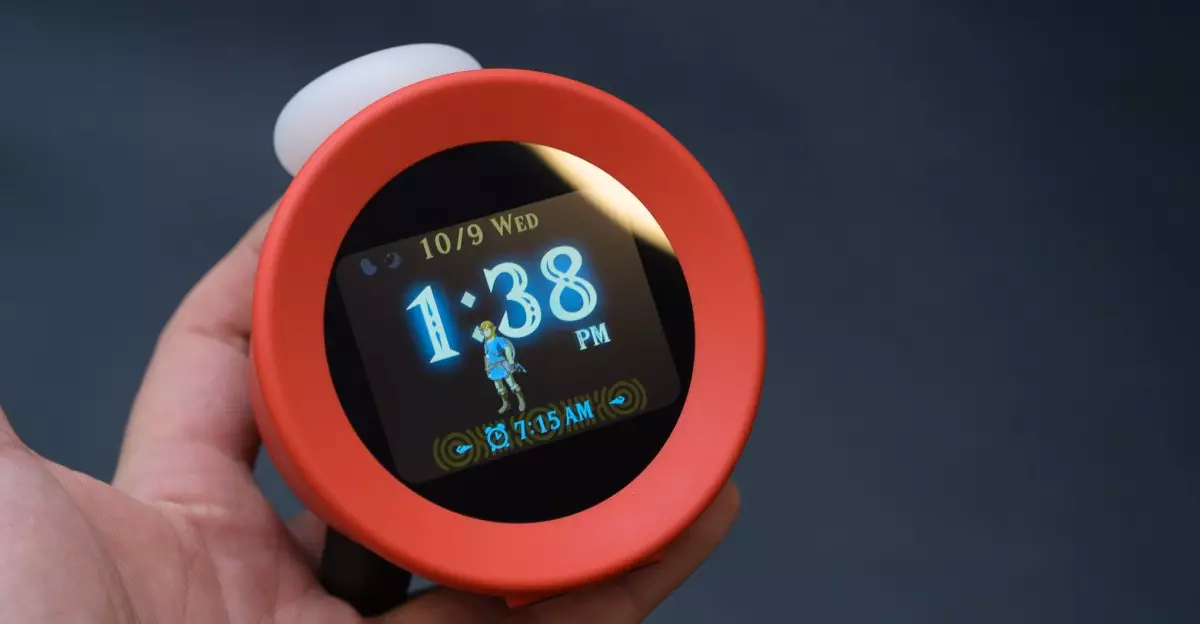Nintendo is no stranger to innovation, often intertwining playful concepts with everyday products. The recent unveiling of the “Alarmo,” officially termed the “Nintendo Sound Clock: Alarmo,” might initially seem perplexing. Following its passage through the Federal Communications Commission (FCC), many anticipated a successor to the widely celebrated Nintendo Switch. Instead, what has emerged is not a gaming console but a quirky alarm clock. This unexpected launch raises questions about Nintendo’s direction, particularly regarding consumer expectations and brand evolution.
At first glance, the Alarmo is more than just a regular timepiece; it incorporates interactive features that reflect Nintendo’s fun-loving ethos. The motion-responsive design allows users to snooze the alarm simply by moving, a refreshing departure from conventional alarm mechanisms that rely on tedious buttons or touchscreen taps. Additionally, this device embraces nostalgia by embedding characters from beloved franchises such as Super Mario and Zelda in its user interface. The option to wake up to iconic music from these games transforms the mundane experience of waking up into a playful interaction that only Nintendo could envision.
One of the standout features of Alarmo is its ability to monitor sleep movement, a trend gaining traction in personal health technology. By tracking how much users move during sleep, the Alarmo promises insights into sleep patterns and overall rest quality. However, this capability raises questions concerning data privacy and the depth of analysis the device can provide. While the sleep tracking feature adds an appealing layer of functionality, it remains to be seen how effectively this information will be used—an aspect that entrepreneurs and tech enthusiasts alike should scrutinize closely.
The Alarmo’s availability strategy is also intriguing. Currently, it is offered in “early access” exclusively to Nintendo Switch Online subscribers and at specific retail locations such as the Nintendo NY store. This limited availability could foster a sense of exclusivity and community among loyal Nintendo fans. However, it poses the potential risk of alienating broader audiences who may be interested in the product but are not part of the chosen few. The decision reflects that Nintendo is not just launching a new product, but is also curating a unique experience that builds on their brand identity.
Nintendo’s foray into the realm of home electronics with Alarmo demonstrates a blend of their characteristic whimsy and technological innovation. Yet, this move raises significant questions regarding consumer expectations and the strategic branding of the company. While the Alarmo stands out as a creative gadget in a sea of traditional alarm clocks, whether it can carve a niche for itself among the gaming community and casual consumer remains to be seen. As industries continue to blur and evolve, Alarmo serves as an example of how even the most unexpected products can resonate with a brand’s ethos—whether they succeed in doing so commercially will ultimately dictate the Alarmo’s legacy.

